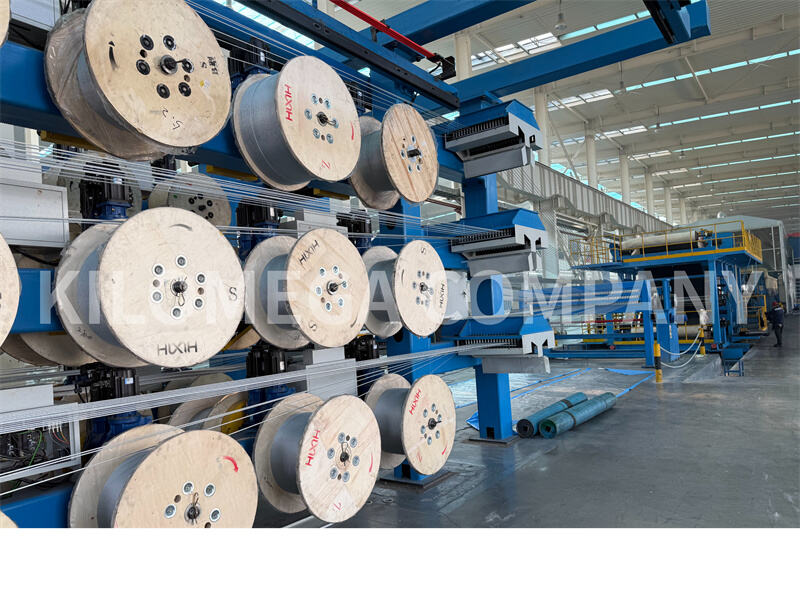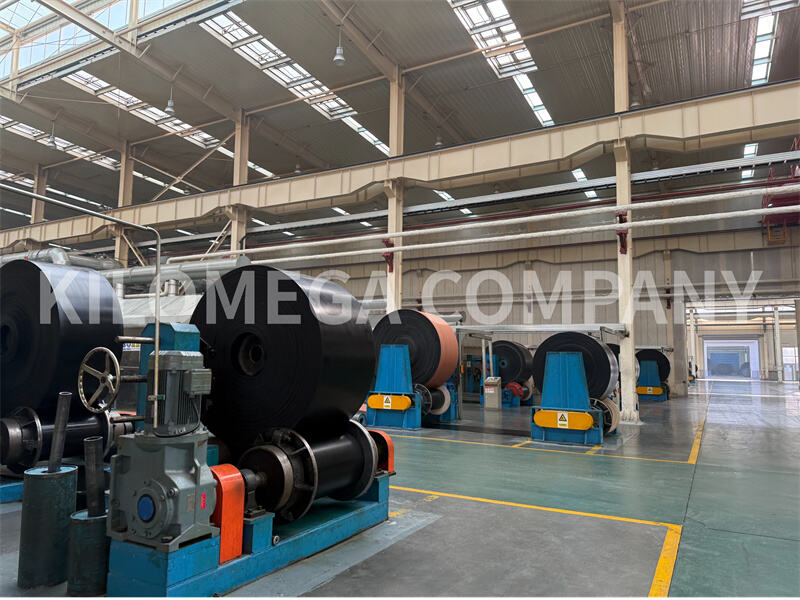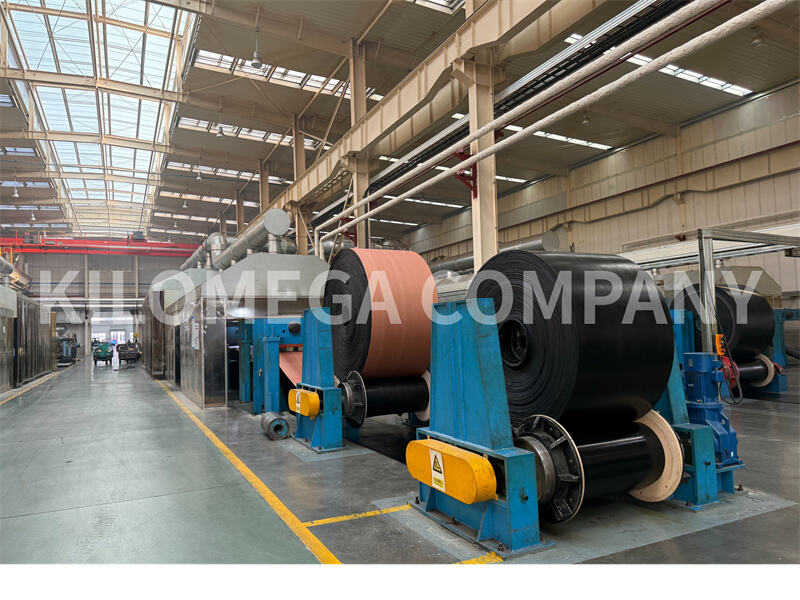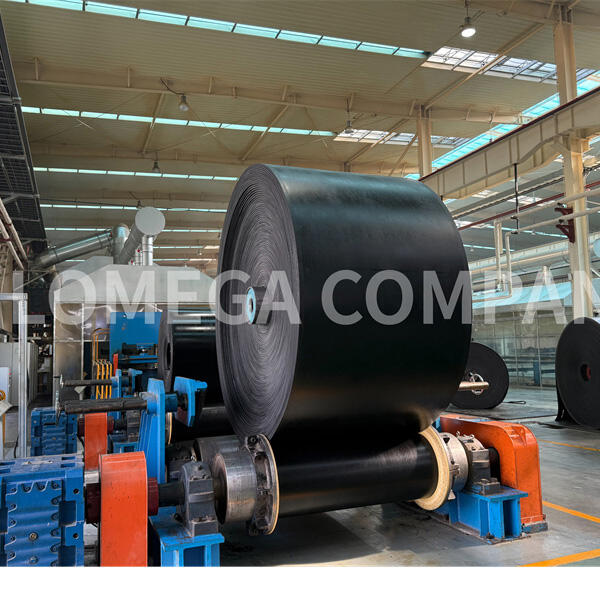The processing stages in mining and quarry operations remain connected by the essential conveyor belt system. The reliability of this system directly affects the way production runs and the way equipment maintenance operates. Your selection of the right conveyor belt for your working environment results in both operational efficiency and reduced long-term expense levels.
Common Working Conditions and Matching Belt Solutions
This guide proposes different belt types which match particular material and environment conditions.
|
Working Condition |
Recommended Belt Type |
Key Features |
|
Highly abrasive materials |
Heavy-duty EP conveyor belt |
Thick rubber cover, reinforced fabric ply |
|
Long-distance or steep incline |
Steel cord belt |
High tensile strength, low elongation |
|
High-temperature materials (>150°C) |
Heat-resistant belt (T1/T2/T3) |
Rubber compound resists cracking and aging |
|
Inclined conveying |
Chevron-patterned belt |
Enhanced friction, prevents slippage |
|
Oily or wet materials |
Oil- and water-resistant belt |
Rubber compound suited for wet/oily environments |

Cost Efficiency: Beyond Initial Price
Companies normally base their conveyor belt acquisition decisions on initial price yet end up facing several additional expenses after purchase.
Frequent replacement: The replacement process becomes more frequent because low-quality belts demand regular orders and maintenance that leads to production stops.
Unplanned shutdowns: The whole production process will suffer a complete stoppage when belt components break or experience slippage during operations.
Increased equipment wear: The usage of inferior belts speeds up deterioration of all conveyor equipment from rollers to pulleys and beyond.
Different benefits occur when business organizations use durable conveyor belts matched appropriately to their needs:
Extended service life: Premium belts increase their operational life by 20–50% which minimizes inventory pressure on stock requirements.
Lower maintenance frequency: Product maintenance occurs less frequently because technical personnel can attend to essential equipment.
Stable system operation: The stable operation of systems benefits from balanced belt tension which enhances all equipment coordination.

Quality Control: Ensuring Reliability at Every Stage
The quality management system at Kilomega ensures product consistency through a detailed set of measures.
Raw material inspection: The quality assurance process needs to check rubber compound compliance as well as carcass material specifications.
In-process checks: Organizations should track both the layer-to-layer adhesion strength and the uniformity of material thickness.
Finished product testing: The quality control evaluates tensile strength together with bonding force and edge precision.
Final visual inspection: The quality management system uses photographic documentation for documenting traceability.

Conclusion
The choice of an excellent conveyor belt results in performance excellence that exceeds its initial price benefits. By using targeted selection methods along with systematic quality control users reach better system lifespan performance and lower maintenance requirements and better production output.
Custom recommendations for working conditions demand direct contact with our technical staff for analysis and recommendation development.


 EN
EN
 AR
AR
 BG
BG
 HR
HR
 CS
CS
 NL
NL
 FR
FR
 DE
DE
 HI
HI
 IT
IT
 JA
JA
 KO
KO
 PT
PT
 RO
RO
 RU
RU
 ES
ES
 SV
SV
 TL
TL
 ID
ID
 LT
LT
 SR
SR
 SK
SK
 SL
SL
 UK
UK
 VI
VI
 SQ
SQ
 ET
ET
 GL
GL
 HU
HU
 TR
TR
 AF
AF
 GA
GA
 BE
BE
 MK
MK
 MN
MN
 NE
NE
 KK
KK
 UZ
UZ
 KY
KY
 XH
XH

